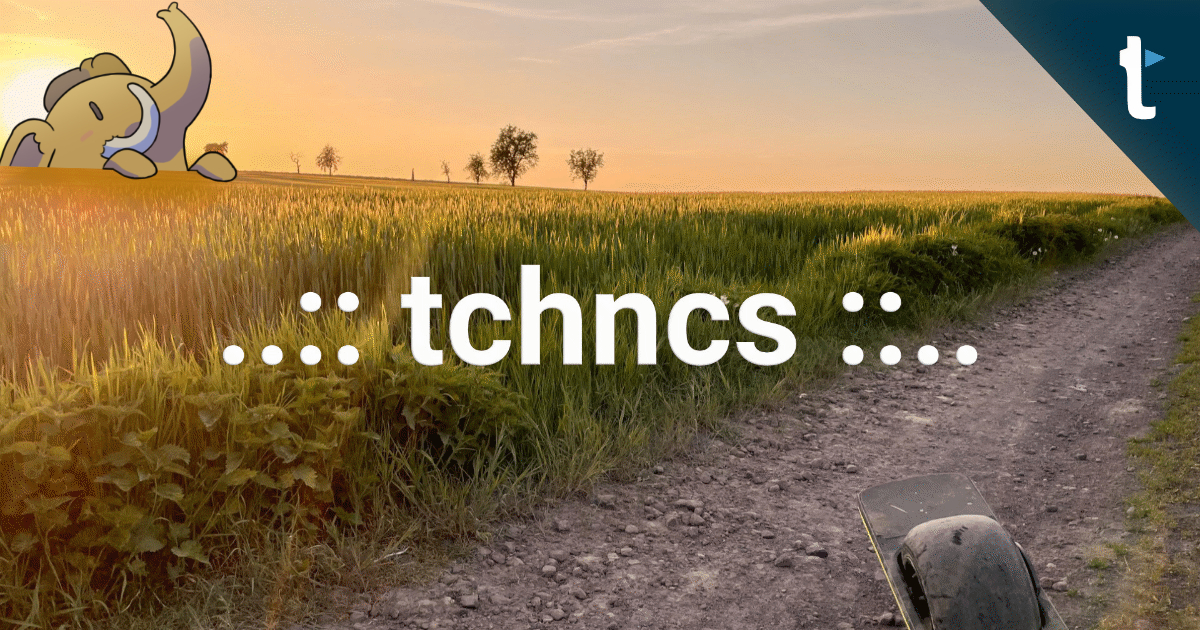#DuckDuckGo is now offering free, #anonymized access to a number of fast #AI #chatbots that won't train in your data. You currently don't get all the premium models and features of paid services, but you do get access to privacy-promoting, anonymized versions of smaller models like GPT-4o mini from #OpenAI and open-source #MoE (mixture of experts) models like Mixstral 8x7B.
Of course, for truly sensitive or classified data you should never use online services at all. Anything online carries heightened risks of human error; deliberate malfeasance; corporate espionage; legal, illegal, or extra-legal warrants; and network wiretapping. I personally trust DuckDuckGo's no-logging policies and presume their anonymization techniques are sound, but those of us in #cybersecurity know the practical limitations of such measures.
For any situation where those measures are insufficient, you'll need to run your own instance of a suitable model on a local AI engine. However, that's not really the #threatmodel for the average user looking to get basic things done. Great use cases include finding quick answers that traditional search engines aren't good at, or performing common AI tasks like summarizing or improving textual information.
The AI service provides the typical user with essential AI capabilities for free. It also takes steps to prevent for-profit entities with privacy-damaging #TOS from training on your data at whim. DuckDuckGo's approach seems perfectly suited to these basic use cases.
I laud DuckDuckGo for their ongoing commitment to privacy, and for offering this valuable additional to the AI ecosystem.
https://duckduckgo.com/chat





